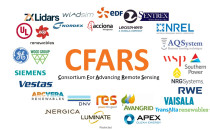
This Q+A with NRG Data Scientist, Alexandra Arntsen, Ph.D., delves into the exciting work CFARS' Site Suitability Subgroup has accomplished this year, as well as the goals that lie ahead for the team.


This Q+A with NRG Data Scientist, Alexandra Arntsen, Ph.D., delves into the exciting work CFARS' Site Suitability Subgroup has accomplished this year, as well as the goals that lie ahead for the team.
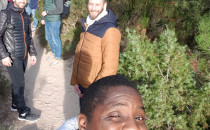
NRG Systems is pleased to welcome Mywindparts to its Global Dealer Network. Based in France, Mywindparts has been providing spare parts as well as supply chain and equipment optimization services to some of the biggest names in the wind industry for over ten years.
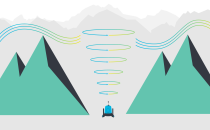
A recent survey by the Consortium for the Advancement of Remote Sensing (CFARS), which NRG is a contributing member of, further cemented ZX 300 as one of the most accurate and flexible Lidars available to the wind industry.
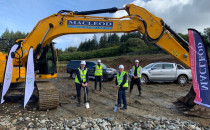
For nearly 10 years, Renewable Parts, a UK-based supply chain and refurbishment specialist, has been working to improve sustainability in the wind industry.
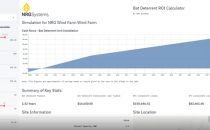
NRG Systems has developed a tool that will give wind project owners and operators the opportunity to preemptively assess the value of installing ultrasonic bat deterrents on their turbines.

NRG Systems has had a strong philanthropic focus for decades. As we navigate the various challenges 2020 has presented as a company and as a community, we believe it is more important than ever to support one another.
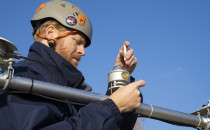
Thanks to our complete system approach to solar monitoring, NRG is well-positioned to provide everything you need – from hardware to software to services – to meet your needs according to IEC 61724-1.
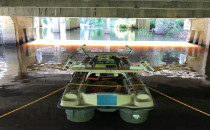
A recent bat exclusion project in Bibb County, Georgia, was the first endeavor that called for the creation of a floating “bat barge” to keep a colony of nearly 350 bats out of harm’s way.

In July 2019, NRG Systems tested its Bat Deterrent System at Fernhill Wetlands in Portland, Oregon.
As the wind industry’s adoption of Lidar technology continues to grow, Doppler Lidar has been gaining ground as a more flexible, lower-cost, and safer option for hub-height measurements than lattice towers.